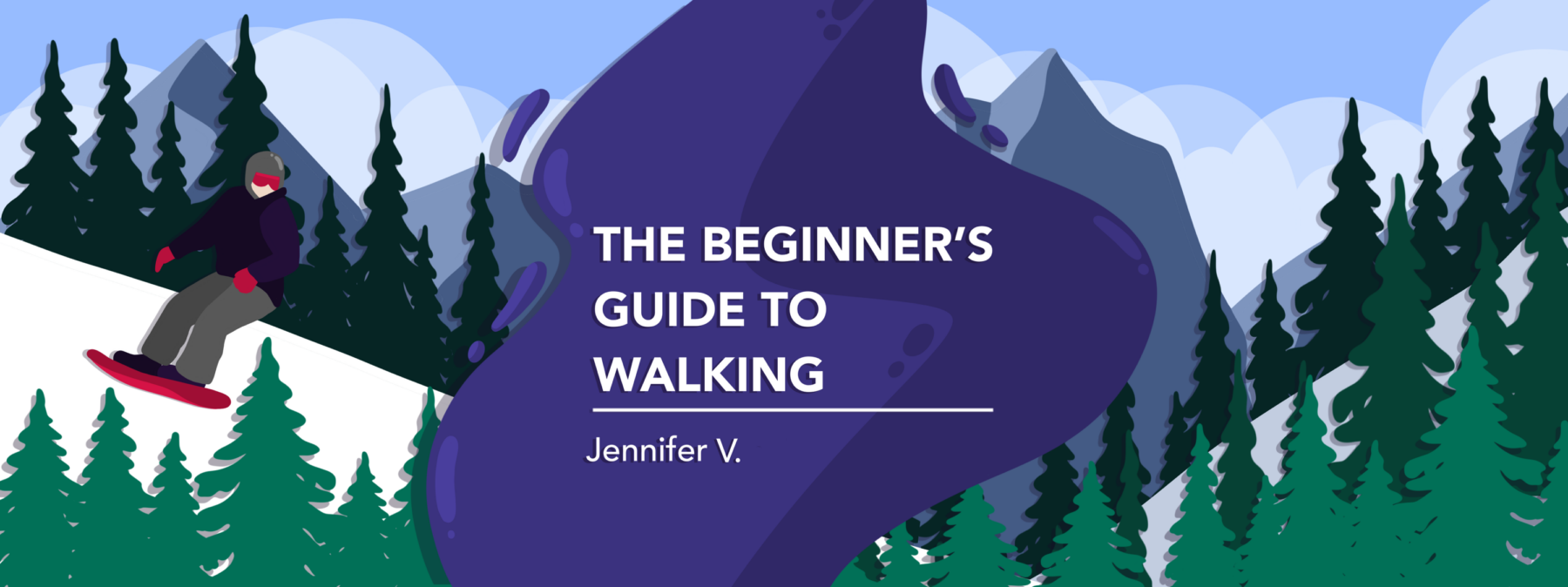When my invisible illness meets my very visible disabled parking spot
Living with NMOSD comes with contradictions like pride and vulnerability

I’m embarrassed that I was embarrassed.
I was walking out of the conference hall with some new acquaintances, making polite small talk about how my firm could support their work — the things you say when you’re trying to make a good impression — and we said our goodbyes and I walked toward my car, which was parked in an accessible spot.
And I could feel their eyes on me as I went.
If the lot had been full, maybe it wouldn’t have stood out. But with only a handful of cars left, mine sat there in what felt like a scarlet letter space.
It’s not that I’m ashamed of being disabled. I’m not. It was just one of those moments no one expects — days when I’m moving well, carrying things, seeming fine — that this uncomfortable self-consciousness happens. It’s as if my body contradicts their assumptions in real time, and I don’t quite know which version of myself they’re seeing.
When I can’t tell my truth
What frustrates me the most is knowing I’ll never get to tell them my truth, that standing for hours, shaking hands, and making conversation aren’t effortless for me. I’m left so drained that I’ll spend days recovering, my body collapsing from the exertion, which no one but my family ever sees.
They don’t know that even in that moment, while I appeared composed and capable, my body was already screaming, my core squeezed by an invisible elastic band. They’ll never know that the disabled parking permit is evidence that the last 16 years of my life with neuromyelitis optica spectrum disorder (NMOSD) have been absolute hell. And yet, they’ll also never ask why I parked there. It would be impolite, intrusive, even accusatory.
So the truth remains unspoken, not because I’m hiding, but because the world prefers silent assumptions over messy explanations. The etiquette of politeness often leaves people like me both visible and invisible at the same time.
I tell myself I shouldn’t feel self-conscious because, after all, I’m an adult, and life happens. I’ve survived things most people can’t imagine. I’m proud of how I’ve endured NMOSD thus far, of the resilience that has kept me moving, working, and showing up.
And yet in that moment, pride gave way to instinct. I rushed to toss the things I was carrying into my trunk and hurried into the driver’s seat, eager to leave before anyone else had the chance to wonder why I was parked where I was.
When I sit with my feelings long enough, I realize my self-consciousness comes from a grief I’m always trying to bury, a wish that NMOSD wasn’t in my life or anyone else’s. Why don’t I get to be like everyone else — full of life, energy, and opportunity without this silent battle?
And yet, I feel guilty for betraying something larger than my own comfort. By shrinking from visibility, I failed to represent the NMOSD community to which I belong and those who fight the same battles quietly every day. In that moment, I didn’t live up to the advocate I want to be.
This internal conflict between being a proud patient and hiding in plain sight teaches me that advocacy isn’t a performance. It isn’t measured by the number of posts I put up on social media, the number of medical conferences I attend, or even if I start a nonprofit. I don’t have to proudly stand in a parking lot and willingly expose my pain to strangers. Being an advocate doesn’t have to be bold and public. Sometimes, simply getting through the day is advocacy enough.
Living with an invisible illness like NMOSD will always come with moments of contradiction: strength and exhaustion, pride and vulnerability, visibility and silence. But I’m learning that none of these diminishes who I am or what I contribute. If anything, they deepen my understanding of resilience.
Each day I choose to keep going, to keep participating in the world, becomes an act of courage. Perhaps my favorite contradiction is learning that I can be both embarrassed and still hopeful at the same time.
Note: Neuromyelitis News is strictly a news and information website about the disease. It does not provide medical advice, diagnosis, or treatment. This content is not intended to be a substitute for professional medical advice, diagnosis, or treatment. Always seek the advice of your physician or other qualified health providers with any questions you may have regarding a medical condition. Never disregard professional medical advice or delay in seeking it because of something you have read on this website. The opinions expressed in this column are not those of Neuromyelitis News or its parent company, Bionews, and are intended to spark discussion about issues pertaining to neuromyelitis optica spectrum disorder.








Leave a comment
Fill in the required fields to post. Your email address will not be published.